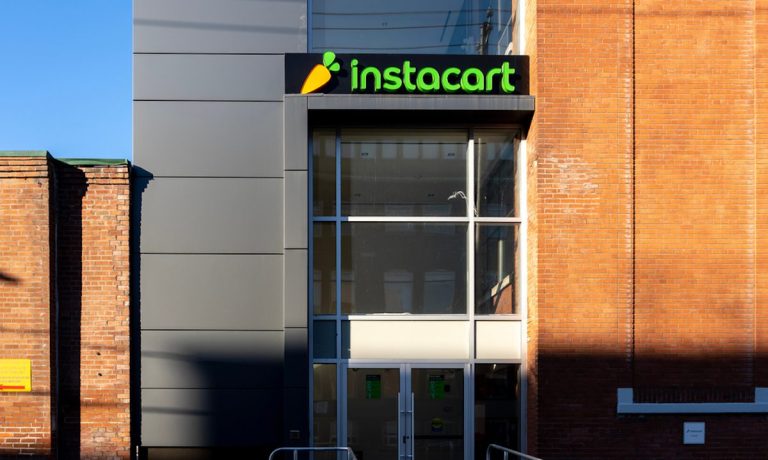
Instacart could reportedly set its initial public offering price range in a matter of days.
The online grocery delivery service is planning to set its listing price and kick off its roadshow on Monday (Sept. 11), Bloomberg News reported Wednesday (Sept. 6), citing sources familiar with the matter.
According to those sources, Instacart is considering pricing its initial public offering (IPO) Sept. 19, with trading beginning the next day. The company, after years of discussion and speculation, filed its plans to go public with the Securities and Exchange Commission last month.
The Bloomberg report — again citing sources with knowledge of the matter — also says that marketing automation platform Klaviyo is also planning the same timeline for its pricing/IPO. The company filed paperwork to go public last month.
Spokespeople for Instacart and Klaviyo declined to comment.
The news comes one day after reports that Tony Xu, CEO of aggregator DoorDash — which also operates in the grocery space — had appeared to cast doubt on Instacart during a speech at Goldman Sachs’ Communacopia + Technology Conference.
Xu said that consumers believe that grocery delivery is “worse than the physical experience of buying your own” products in stores, arguing that out-of-stock products and lackluster replacements hinder the experience. In summary, Xu said, “there is still a long ways to go.”
But there’s also a lot of opportunity. For now, digital channels make up a small share of grocery purchases. PYMNTS Intelligence from the study “Tracking the Digital Payments Takeover: Catching the Coming eCommerce Wave,” created in collaboration with Amazon Web Services (AWS), shows that 12% of grocery purchases are made using a computer or mobile device.
However, that study showed that 32% of shoppers said they are very or extremely likely to up their digital grocery purchases in the next year.
Even if online grocery buying still has its friction, many consumers are taking advantage of the convenience the technology provides them and its ability to expand their choices.
“Instacart has eliminated consumers’ need to consider proximity in their decision about where to shop for groceries,” PYMNTS’ Karen Webster wrote last month days after the company’s filing with the SEC.
“Maybe shoppers want to shop using Instacart at the same store they’d otherwise visit in person. But maybe they’d rather try a store they would otherwise skip because it requires a 40-to-50-minute round-trip drive — as many now do.”